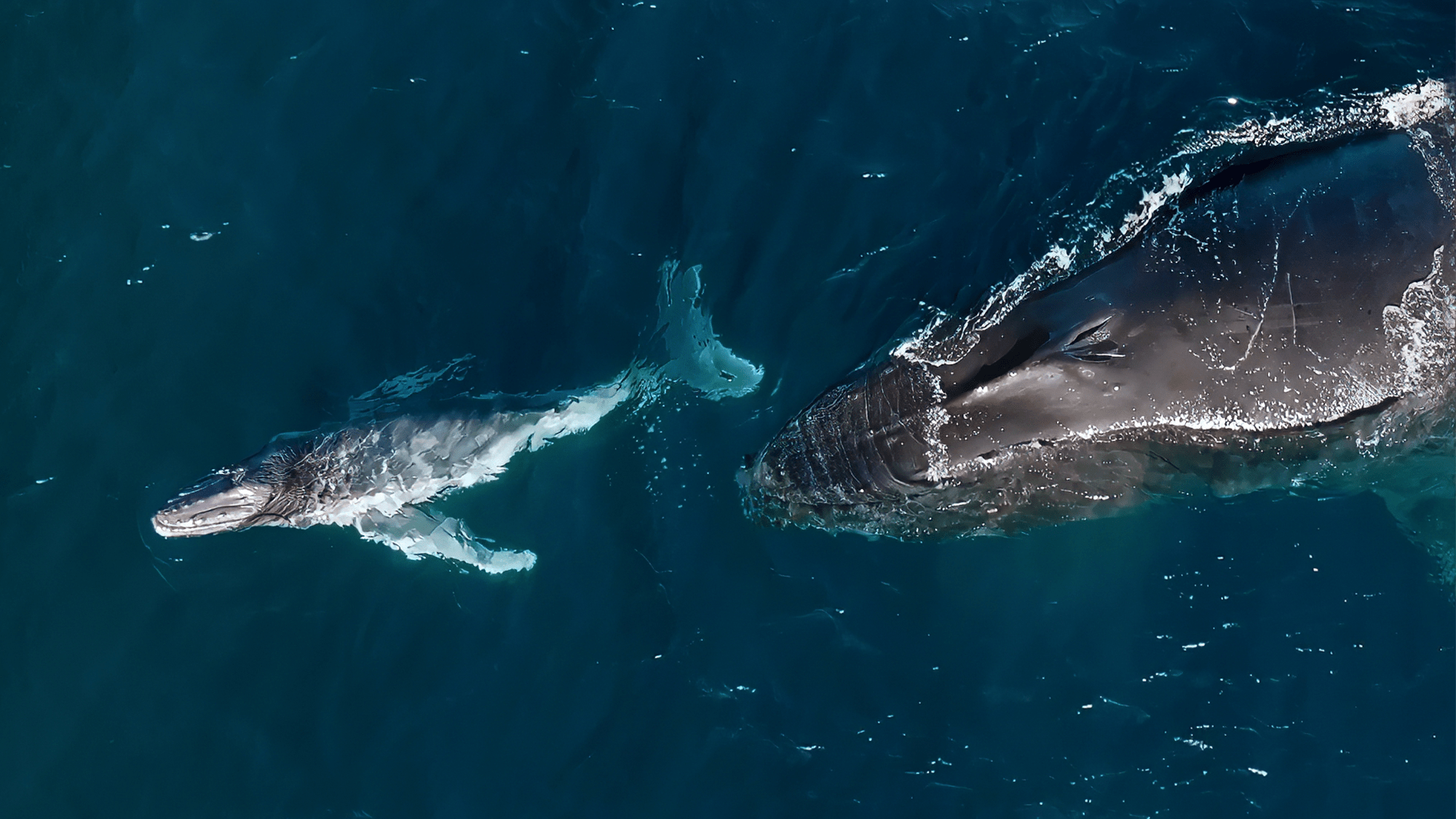Now Reading: Humpback Whales Found Giving Birth During Long Migrations
-
01
Humpback Whales Found Giving Birth During Long Migrations
Humpback Whales Found Giving Birth During Long Migrations

Quick Summary
- Humpback whales, known for long migrations from cold feeding grounds to warm tropical waters, were found to be calving in colder regions than previously known-up to 932 miles further south near New Zealand and Tasmania.
- Researchers observed calves born during migration along Australia’s “humpback Highway,” challenging conventional beliefs about calving locations.
- Data from citizen science, government surveys, and past records revealed sightings of 209 newborn calves and migration trends over decades.
- Conservation implications of these findings include the need to expand protected areas for vulnerable calves and invest in public awareness campaigns about safer practices for boaters interacting with whales.
- This study utilized opportunistic observations but cautioned about interpreting data due to variables like increased whale-watching activities or evolving documentation methods.
Indian Opinion Analysis
This revelation offers significant insights into how environmental changes or population recovery may influence humpback whale behaviors. For India-a nation invested in marine biodiversity-it highlights parallels with conservation efforts involving indigenous migratory species such as olive ridley turtles. Expanding protected areas tailored toward vulnerable stages in animal life cycles could enhance preservation strategies not only locally but globally.
Additionally, the use of citizen science data underlines a practical approach that nations like India could adopt for documenting wildlife patterns amidst limited resources. With marine traffic expanding globally-including around India’s coastal waters-the emphasis on awareness campaigns also aligns with responsible maritime activities.

























